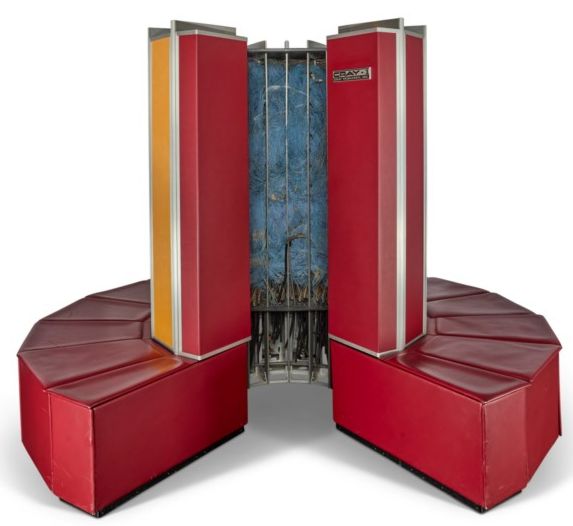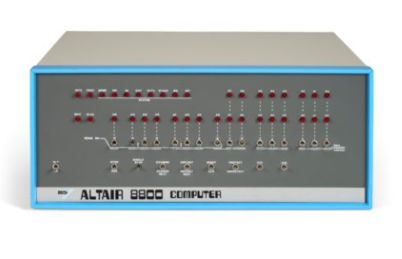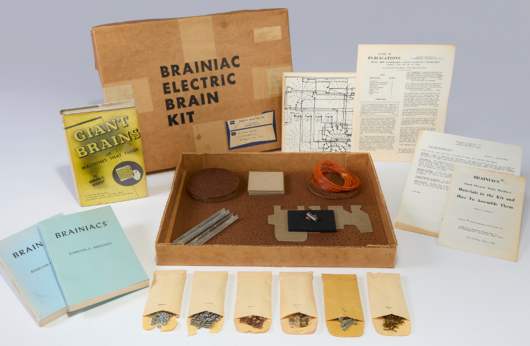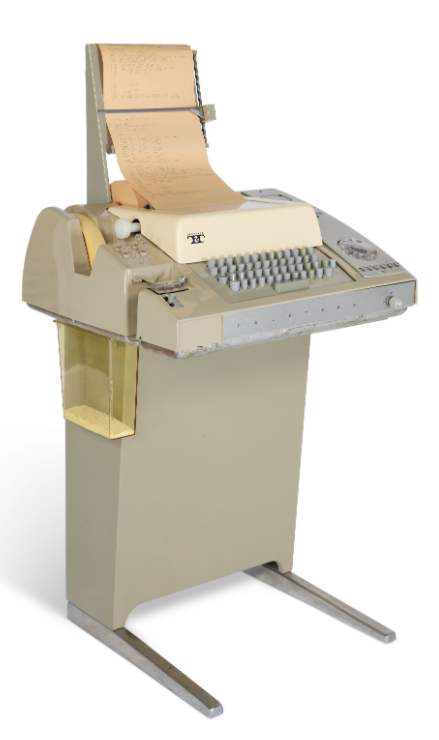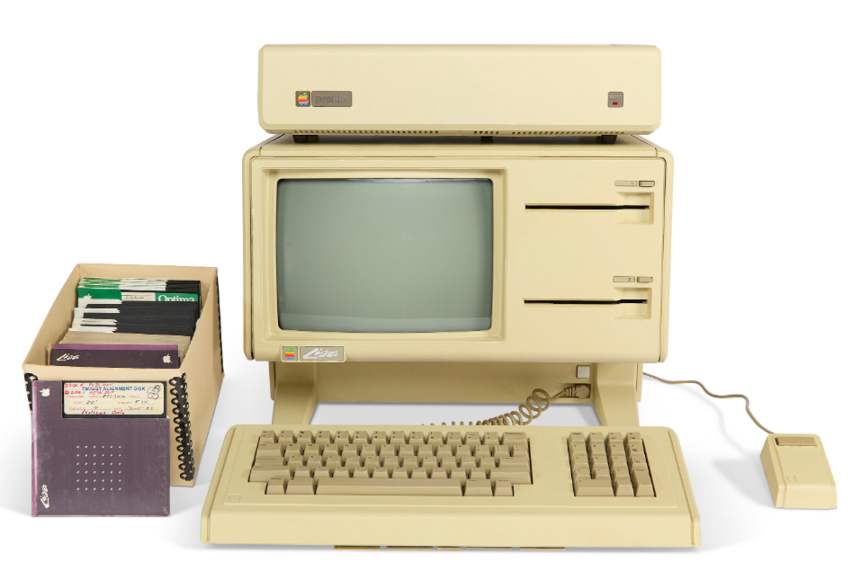| Christie's Make Over $16 Million From Paul Allen's Collections |
| Written by Sue Gee | |||
| Sunday, 29 September 2024 | |||
|
The recent Christie's auction sale of historic computers collected for his Living Computer Museum by Paul Allen saw a Cray 1, sell for over $1million, four times higher than its estimate. The computer that exceeded its estimate by the highest margin was an Apple Lisa that realized $882,000, 44 times its estimate. As we reported when Christie's announced them, three auctions, one one a live event and the other online were held between 23 August – 12 September. Collectively known as Gen One: Innovations from the Paul G. Allen Collection the proceeds totalled $16,816,840. This figure, in US dollars, is the hammer price plus the buyers premium (bp), which accounts for around 25%. The live auction, "Pushing Boundaries: Ingenuity from the Paul G. Allen Collection" was of a mix of items and netted a total of $10,253,500 over 36 lots. In our previous report we noted that the star item in this sale was considered to be Einstein’s letter to President Roosevelt which propelled the US into the nuclear age. It had an estimate of $4-8million, but in the event sold for only $3.9million. It was still the most expensive item sold and set a new record any letter by Einstein at Christie's. Another lot that didn't reach its estimate was Ed White’s spacesuit cover layer was sold for US$50,400 compared to an estimate of US$80,000-120,000. However, the pilot’s in-flight logbook from Apollo 8 which had an estimate of US$60,000-80,000 realised US$277,200 (including buyer's premium) and an annotated checklist from the first American spacewalk in June 1965 with the same estimate, realised US$201,600, (inc bp). The star computer sold in the live auction was the Cray 1 which sold for $810,000 (10,710 inc bp) compared to an estimate $150,000-250,000, setting a new high for any computer sold at auction. Earlier in the auction the Apple-1 computer from Steve Jobs' desk that had an estimate of $500,000-800,000 briefly held that record, when it sold for $945,000 (inc bp). In terms of exceeding expectations, the Apple 1 letter to customers signed by Steve Jobs, was remarkable fetching $302,400 (inc bp) compared to its estimate of $50,000-80,000. The Atari 8800, on the other hand was sold below its estimate, realizing $56,700 (inc bp) even though it had been expected to fetch $300,000-500,000. The reason for this seemingly poor result may be that they are known to be fairly abundant. However it is probably still a record breaking amount. The artworks in Over the Horizon: Art of the Future from the Paul G. Allen Collection consistently sold well about their estimates and the 57 lots totalled US$ 2,927,358. Meanwhile a similar number of lots, 58, in Firsts: The History of Computing from the Paul G. Allen Collection made US$3,635,982 in total. In this online sale, all but one of the lots exceeded its estimate. The exception was a Brainiac Electric Brain Kit, designed to teach the principles of electronic digital computing. Paul Allen had acquired this at a Christie's New York, auction on 23 February 2005 paying US$2,160, well above its estimate of US$800-1200. This time around it had an estimate of US$2,000 -3,000 but realized only US$2,772.
A remarkable overshoot was achieved by a Teletype ASR 33, which had one of the lowest estimates in the auction at $500-800 and realized $23,940. Although these machines were very common they now seem to be very rare and this one would probably be in working order and also easy to transport from Seatle - unlike many of the large machines from the Living Computers Museum. The lot that made the most money in the First: History of Computer Sale was the an Apple Lisa which had an estimate of $20,000-30,000 and realized US$882,000, 44 times its estimate. If you want to know how others of the historic computers from the Living History Collection fared, look our for my forthcoming article.
More InformationGen One: Innovations from the Paul G. Allen Collection Firsts: The History of Computing from the Paul G. Allen Collection Pushing Boundaries: Ingenuity from the Paul G. Allen Collection Related ArticlesPaul Allen's Historic Computers Under the Hammer Paul Allen's Living Computer Museum Going, Going, Gone To be informed about new articles on I Programmer, sign up for our weekly newsletter, subscribe to the RSS feed and follow us on Twitter, Facebook or Linkedin.
Comments
or email your comment to: comments@i-programmer.info |
|||
| Last Updated ( Monday, 30 September 2024 ) |
